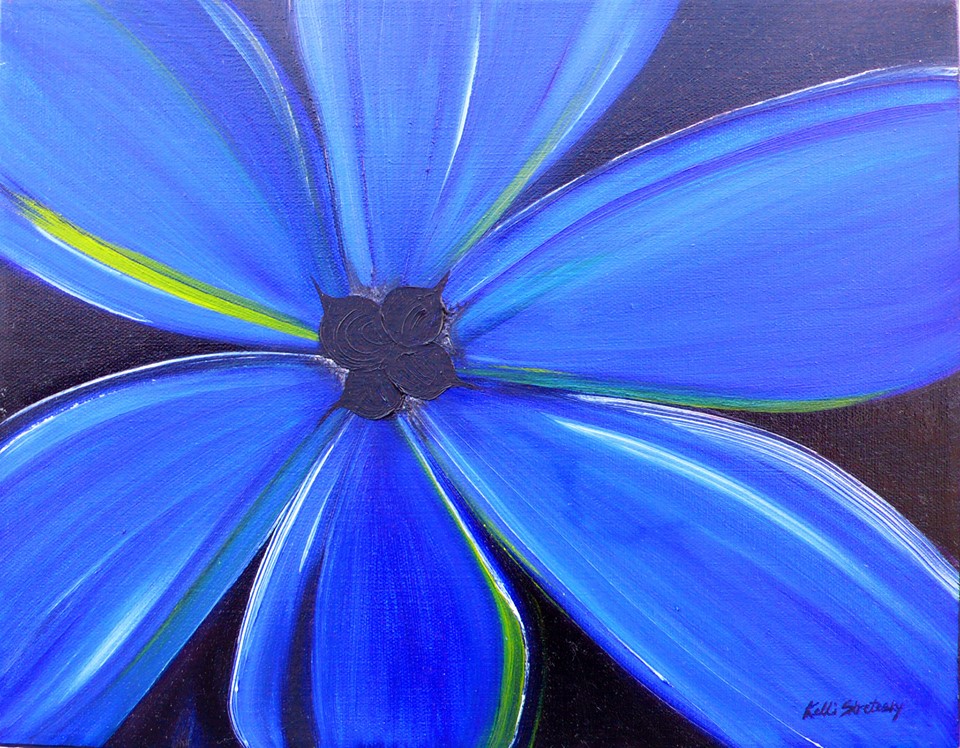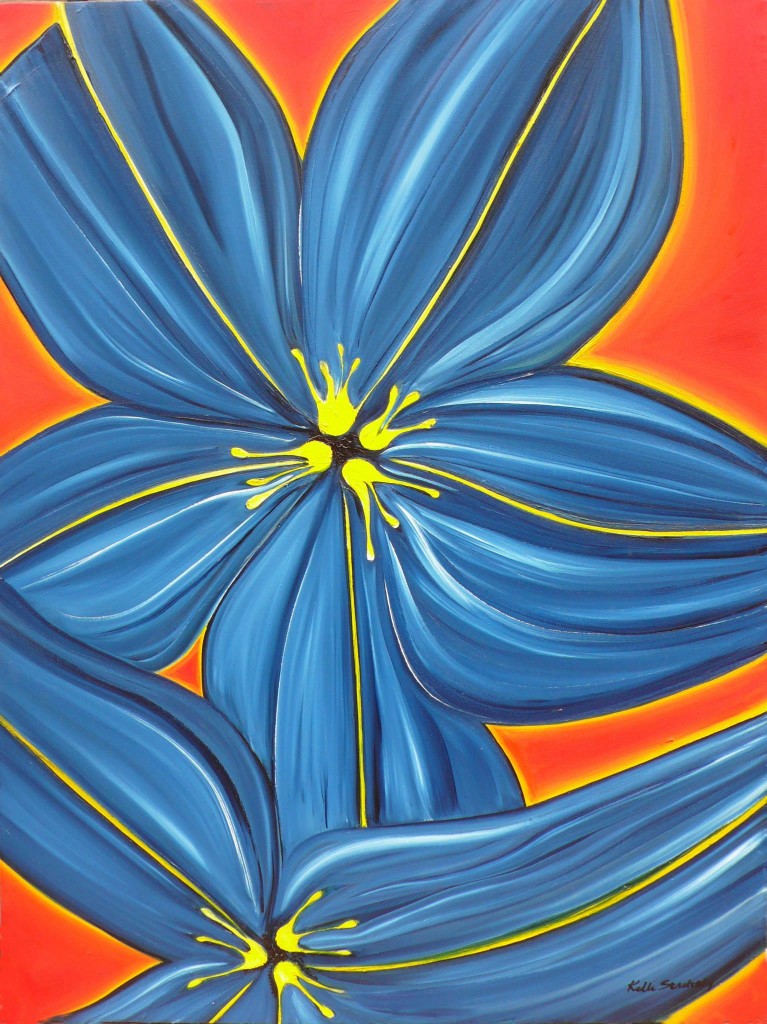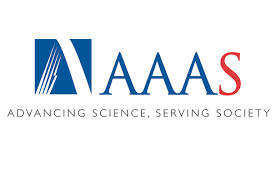
“The Art and the Brain conference aims to encourage an interdisciplinary discussion between archaeologists, neurophysiologists and artists to develop current understandings and interpretations of non-verbal communication and the development of art in prehistory. Recent developments in the fields of neurophysiology and neuroaesthetics have highlighted the limitations, capacities and facilities of the brain with respect to our perception and cognition.”







